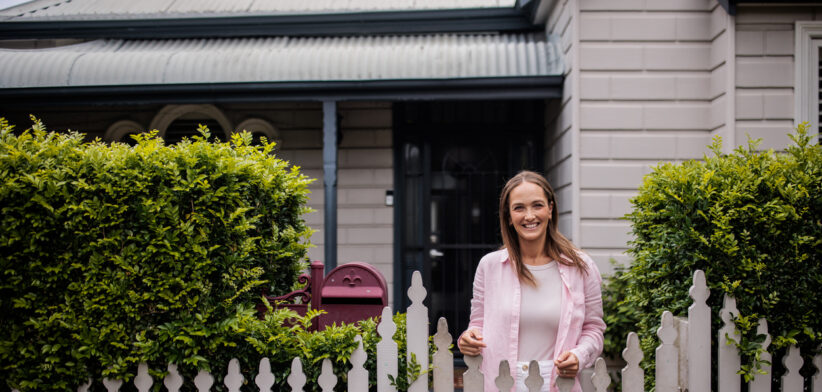Australia is creating a Great Housing Divide with small households living in larger dwellings, while thousands struggle to find a home.
The stark mismatch between the size of the average household and the type of homes that are being built was recently analysed by Cotality Head of Research Eliza Owen.
Most households (61 percent) comprise just one or two people according to the Australian Bureau of Statistics, but the housing market is dominated by larger homes that have three or four bedrooms.
Couples without children, and people living alone make up the majority of households, yet policy and planning still focuses on the “Great Australian Dream” of families with children, Ms Owen said.
“It raises the question about how well the housing market is serving real demand,” she said.
While families are an extremely important consideration, only 30 percent of Australian households are families with dependants.
A notable 31 percent are couple families without dependants, and 27 percent are living alone.
Of the lone-person households, the data suggests 40 percent are aged 65 and over.
The highest share of households is two people, but the highest share of housing has three bedrooms; the next-highest share is of one-person households at 27 percent, but one bedroom and studio homes together make up just six percent of Australia’s housing stock.
“There is nothing inherently wrong about a dwelling having more bedrooms than people,” Ms Owen said.
“With the rise of the home office, the desire for in-home care later in life, and space for hobbies and visitors, having additional bedrooms is potentially very attractive.
“It is also reasonable to assume that many couple family households without dependents have more bedrooms because they are planning to have children.”
However, she said it was worth noting that of the new housing pipeline overall, the share of units is shifting gradually higher.
In the past decade to June 2025, ABS data shows dwellings other than houses made up about 40 percent of approvals, up from 37 percent in the decade prior.
This may gradually provide more fitting housing options for smaller households, she said.








